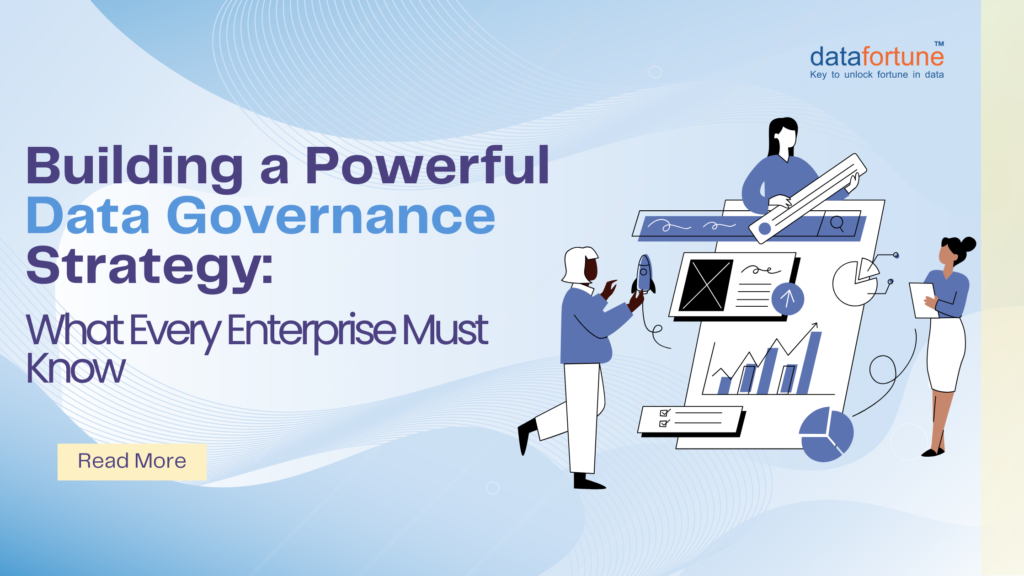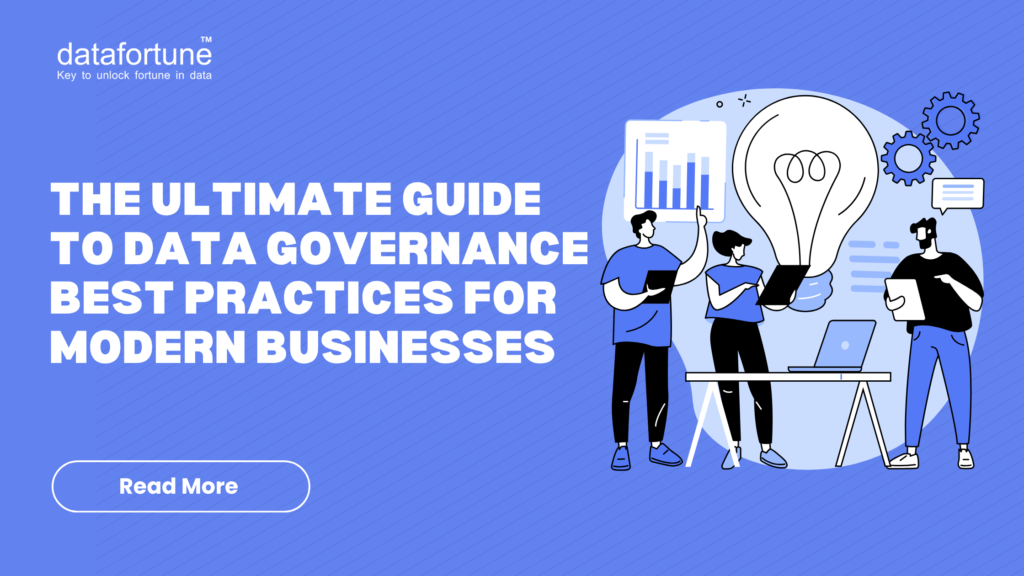The same happened to me last week. I was just checking out an outfit online during my lunch break, and before I even finished my sandwich, there was an email in my inbox with the perfect accessories to match.
71% of us actually crave this kind of attention, while 76% of shoppers get frustrated when brands treat them like strangers. The technology making this possible is a customer data platform, and it is growing exceptionally well from $3.28 billion in 2025 to an estimated $12.96 billion by 2032 at 21.7% yearly growth. Read more and trust us, you’ll want to read every word that comes next.
What is a Customer Data Platform (CDP)?
A CDP can be defined as your business’s memory bank that stores everything about your customers. It consistently collects data about your customers from all touchpoints of your brand, whether it be your website, mobile app, or even when they walk into your store physically. It can automatically connect all these scattered pieces of information to build comprehensive customer profiles in real-time.
The CDPI (Customer Data Platform Institute) outlines five key features that make a CDP stand out:
- Ingest data from any source, including websites, mobile apps, CRM systems, and email platforms.
- Capture complete detail of ingested data while preserving every customer interaction.
- Create unified customer profiles by connecting fragmented identity information.
- Store ingested data indefinitely within privacy regulation limits.
- Share data with any stream that needs it for business activation.
CDP excels at combining data from first, second, and third parties while staying compliant with privacy laws like GDPR and CCPA, creating a persistent, unified customer database that becomes your single source of truth.
Customer Data Platform vs Data Management Platform
The difference between CDPs and DMPs (Data Management Platforms) often confuses businesses, but understanding their differences is important for smart technology decisions.
Data Management Platforms work with anonymous, third-party data with the help of cookies for advertising and media buying. They store information for short periods under 90 days without processing personally identifiable data.
Customer Data Platforms focus on long-term relationship building using first-party data. They build detailed customer profiles that improve over time and enable omnichannel personalization across all marketing channels.
Understanding the Key Differences

The choice between CDP vs DMP mainly depends on business objectives. CDPs can help personalize the experiences of your existing customers, whereas DMPs can help find new customers with the help of targeted advertising. Many companies use both these platforms. DMPs for acquiring customers and CDPs for growth and retention.
Benefits of Customer Data Platform
The business impact of CDPs is way beyond just organizing data. 74% of C-suite executives believe high-quality data gives them a competitive advantage, and CDPs help deliver this advantage along with several benefits.
Enhanced Customer Understanding and Personalization
CDPs provide you with deep behavioral insights by following customer interactions across every touchpoint. This allows businesses to figure out what type of content works best with different customer groups and customize product suggestions accordingly.
Companies using effective personalization through CDPs experience revenue increase of 10% or more, with up to 80% of customers more likely to make purchases when receiving personalized experiences.
Unified Data and Reduced Silos
One major benefit is bringing together scattered data sources into one platform. Sales, marketing, billing, and customer service teams usually work with separate systems, creating data silos. CDPs break down these walls, making customer data available across departments and enabling better decision-making and coordinated communications.
Automated Processes and Operational Efficiency
50% of businesses point to enhanced reporting and measurement as a major CDP advantage, while 48% report better understanding of the customer journey. CDPs handle repetitive data tasks automatically, freeing teams for strategic work. This leads to cost savings and enhanced productivity.
Real-Time Engagement Capabilities
Modern CDPs enable real-time data processing, allowing you to respond to customer interactions instantly. This proves essential for triggered marketing campaigns, dynamic personalization, and immediate customer service responses.
Privacy and Compliance Management
With 68% of data breaches occurring due to human error, CDPs offer built-in privacy controls and consent management while maintaining compliance with regulations.
Step-by-Step Guide to Customer Data Platform Implementation
Getting your CDP up and running successfully needs a structured approach that brings together technical needs with business goals. Based on what works in the industry, here’s a proven 5-step CDP implementation framework.
Step 1: Assess Your CDP Readiness
- Start by checking out your current data set-up and spotting where you have gaps.
- Take a look at your existing data sources, see how good the quality of your data is, and understand where customers interact with you.
- Ask yourself what customer data you have been collecting and where it lives, how clean and consistent your current data is, what your main objectives are to use customer data, and whether your team has the technical skills for set-up and ongoing management.
Step 2: Define Clear Use Cases and Objectives
- Focus on simple, achievable use cases that can show quick wins and prove your CDP’s worth.
- Good starting points include personalized email campaigns based on what people browse, programs to retain customers, suggesting additional products based on what they’ve bought before, and smooth experiences across web, mobile, and physical locations.
- Prioritize these using a “crawl, walk, run” approach that slowly gets more complex as your team learns.
Step 3: Select the Right CDP Solution
- Look into CDP vendors that match your business needs, budget, and technical requirements.
- Think about things like how well they connect with your current systems, whether they can grow with your data volume, real-time processing abilities, privacy and security features, how easy the interface is to use, and what support and training the vendor provides.
Step 4: Plan and Execute Implementation
- Mapping and connecting your data is most important for the CDP set-up.
- This means bringing together data from different places to build complete customer profiles, using identity resolution to combine duplicate records, creating data management policies and procedures, building training programs for different team roles, and testing how data moves through the system.
Step 5: Monitor Performance and Scale
- Set-up key performance indicators to track how well your CDP works, including how engaged customers are across different channels, how effective personalization is, data quality scores and completeness, better campaign performance, and revenue tied to CDP activities.
- Use these numbers to make your CDP work better and slowly expand to new uses and departments.
Best Customer Data Platforms
Based on comprehensive market analysis and user reviews, here are the top 4 CDP solutions that exemplify different strengths and use cases.
#1 Segment by Twilio
Core features include real-time data collection and processing across 300+ integrations, powerful customer segmentation with advanced filtering, strong developer tools including APIs and SDKs, visual event tracking for non-technical users, and GDPR & CCPA compliance features.
Users praise its smooth ability to centralize and route customer data with minimal engineering effort. However, the MTU (Monthly Tracked Users) pricing model can become expensive for high-traffic companies.
Best For: Tech-savvy teams needing extensive integrations.
#2 Salesforce Customer 360
Core features offer unified customer profiles across Salesforce clouds, AI-powered Einstein Analytics, advanced consent management, native CRM integration, and extensive third-party connectors.
Users appreciate how it breaks down data silos and enhances team efficiency. The built-in Slack integration and AI-Powered personalization capabilities consistently earn positive feedback.
Best For: Large enterprises using the Salesforce ecosystem.
#3 Adobe Experience Platform
Core features offer real-time customer profiles, Adobe Sensei AI integration, comprehensive journey orchestration, advanced audience segmentation, and Creative Cloud integration.
However, the steep learning curve and complex set-up can overwhelm smaller teams.
Best For: Large enterprises with sophisticated analytic needs.
#4 Treasure Data
Core features handle enterprise-scale data processing, advanced machine learning, multi-cloud deployment, real-time and batch processing, and industry-specific data models.
Users praise its ability to process data from multiple sources and large-scale data processing while maintaining real-time response capabilities.
Best For: Enterprises requiring advanced data processing capabilities.
Conclusion
Customer Data Platforms have become essential for businesses in 2025. With AI-powered capabilities changing personalization, organizations using CDP technology get ahead in customer experience.
Success needs smart planning, the right vendor choices, and careful implementation. With AI, real-time processing, and privacy-focused designs driving CDP growth, plus third-party cookies disappearing and privacy rules getting stronger, your own data becomes more valuable.
The customer experience revolution is happening now. Organizations getting CDPs right today will lead tomorrow. Ready to transform your customer experience? Contact us to start your CDP journey today.



